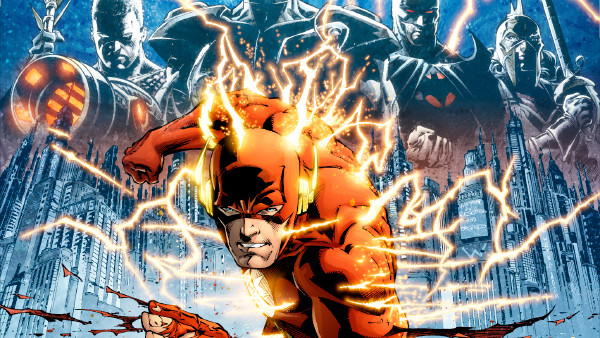How The New 52 Broke DC Comics

In 2011, Johns and artist Andy Kubert launched the series that would directly lead into the New 52 with Flashpoint, a Flash-oriented comic that saw Barry Allen shatter the multiverse in a desperate bid to save his mother from being murdered by arch-enemy Eobard Thawne. The New 52 was announced shortly after the release of Flashpoint's first issue, with DC revealing that all of their titles would be cancelled and replaced with 52 new ones, and that "a more modern, diverse DC Universe" would be introduced along with them.
In this case, the intent was loud and clear. While DiDio claimed in the aforementioned WaPo interview that one of the reasons for the reboot was down to writers feeling "trapped in the past", that same anecdote ended with the editor telling his writers to "look to a new audience". These sentiments were echoed in all of the publicity that accompanied the New 52's announcement, with USA Today mentioning how Lee's redesigned looks were designed "to make characters more identifiable and accessible to comic fans new and old."
But why 52 books specifically? The answer may honestly be my Joker origin. In an interview with Abraham Reisman for New York Magazine, DiDio revealed that they settled on '52' on Lee's suggestion, purely because the series of the same name from 2006 also sold well and... there's nothing else. That's it.
“This is funny: we originally had 48 titles and we kept on changing it and going back to 48. Jim’s big contribution, other than drawing Justice League for a year… and designing costumes and all that… but what really matters is he decided on the number 52. We had 48 books and he goes, ‘we should push this up to 52.’ And we go, ‘why the number 52?’ And he goes, ‘I dunno, that weekly series seemed to be successful, so let’s go with it!’ It all comes down to math.”
But 52 titles there were and they all dropped in August 2011 to a diverse range of responses, stretching from effusive to scathing. Either way it was clear that the DC of yore was gone. Johns and Lee were now busy redefining what a modern DC Comics should look like, and the results, while positive at first, were damaging in the long run.
[Article continues on next page...]